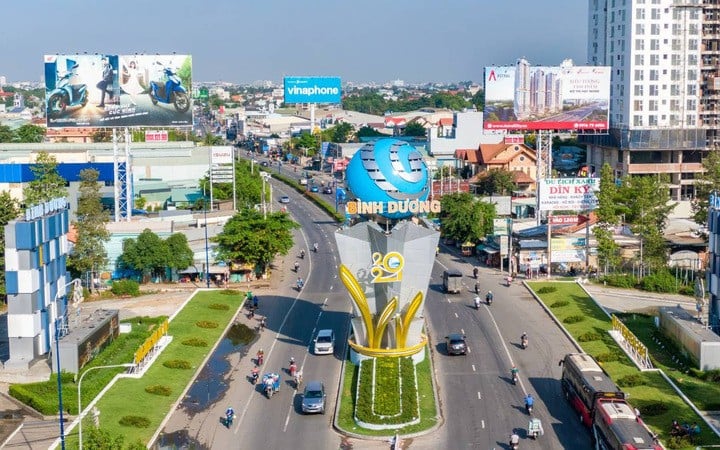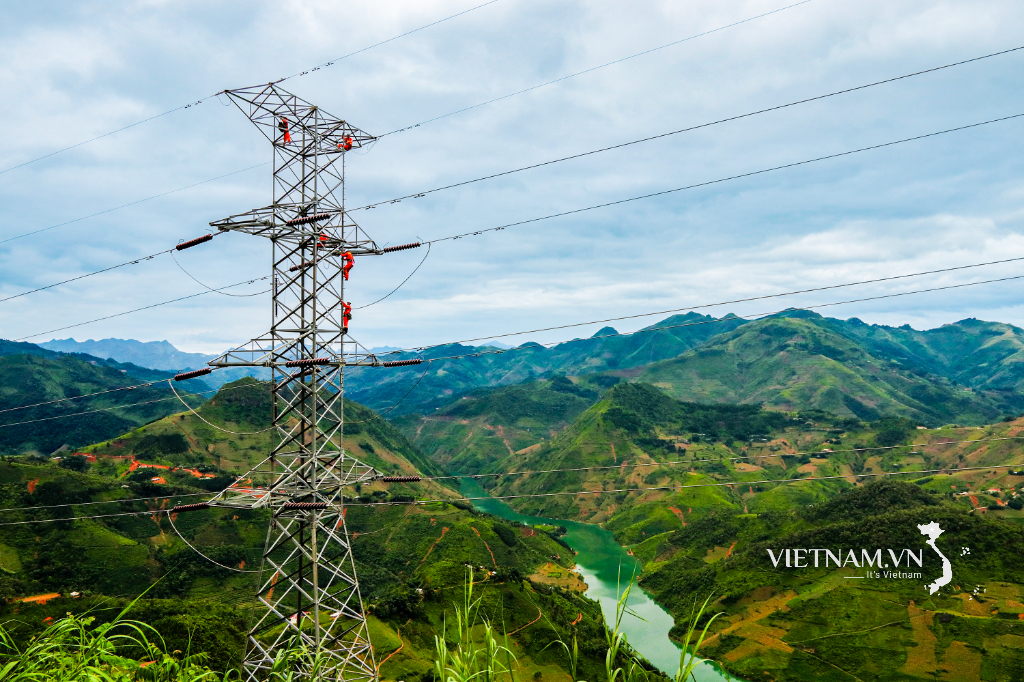PropertyGuru Vietnam's third quarter 2025 market data shows that cash flow and demand real estate is shifting strongly to the suburbs - where there is still much room for growth and inter-regional infrastructure is increasingly improved.
Accordingly, the level of interest in the two central cities in the third quarter showed signs of slowing down. In Hanoi , the amount of interest decreased by 22% compared to the same period in 2024, while in Ho Chi Minh City, it was almost flat or decreased slightly in the new area.
In contrast, neighboring provinces emerged as “bright spots”. The suburbs of Hanoi grew by 11%, while in the South, some places decreased by up to 12%, many localities still showed clear resilience.
The real estate picture in the North in the third quarter of 2025 shows a clear trend of shifting out of Hanoi. Hai Phong, Hung Yen, Hoa Binh and Bac Giang have become the “center of attention” when accounting for 80% of the total interest in the whole region. Of which, Hai Phong holds the number one position, Hung Yen is second and Bac Ninh is third.

In terms of growth rate compared to the beginning of the year, Hoa Binh leads with an increase of 65%, followed by Bac Giang (61%), Hai Phong (50%) and Bac Ninh (48%). Other localities such as Quang Ninh, Hung Yen, Vinh Phuc also maintained an increase of 26-42%. This boom reflects the trend capital movement to satellite cities around Hanoi, where real estate prices are competitive, infrastructure is convenient and there is long-term potential for expansion.
In the South, real estate is bustling in satellite markets of Ho Chi Minh City before the merger. Specifically, the old Binh Duong emerged as a "bright star" when accounting for 84% of the total interest in the whole region. Other localities such as Dong Nai, Ba Ria - Vung Tau and Long An are also in the group of big attractions, forming a bustling "satellite belt" around Ho Chi Minh City.
Compared to the beginning of the year, Binh Duong witnessed a spectacular growth of 165%, far surpassing other regions. Dong Nai increased by 89%, Ba Ria - Vung Tau reached 98%, and Long An also broke through 88%. This heat reflects the strong shift of money flow out of Ho Chi Minh City, towards areas with increasingly complete traffic infrastructure, large land funds and room for price increases. These are the factors that meet both real-life needs and long-term investment.
Meanwhile, the Central market maintained a steady growth rate with interest increasing by 13% compared to the same period in 2024. Da Nang and Khanh Hoa continued to play the "locomotive" role, accounting for 84% of the total interest in the whole region.
In terms of selling prices, Khanh Hoa leads with a 34% increase, Quang Nam continues to surprise with a 44% increase, and Da Nang increases by 25%. Thanh Hoa and Lam Dong increase more modestly, 4% and 13% respectively. These figures show that capital flows are shifting strongly to potential coastal markets, associated with accelerating tourism and infrastructure.
Source: https://baolangson.vn/dong-tien-chuyen-huong-do-vao-nhieu-thi-truong-bat-dong-san-moi-5061293.html


![[Photo] President Luong Cuong attends the 80th Anniversary of the Traditional Day of Vietnamese Lawyers](https://vphoto.vietnam.vn/thumb/1200x675/vietnam/resource/IMAGE/2025/10/09/1760026998213_ndo_br_1-jpg.webp)

![[Photo] Prime Minister Pham Minh Chinh chairs a meeting of the Government Standing Committee on overcoming the consequences of natural disasters after storm No. 11](https://vphoto.vietnam.vn/thumb/1200x675/vietnam/resource/IMAGE/2025/10/09/1759997894015_dsc-0591-jpg.webp)


![[Photo] General Secretary To Lam visits Kieng Sang Kindergarten and the classroom named after Uncle Ho](https://vphoto.vietnam.vn/thumb/1200x675/vietnam/resource/IMAGE/2025/10/09/1760023999336_vna-potal-tong-bi-thu-to-lam-tham-truong-mau-giao-kieng-sang-va-lop-hoc-mang-ten-bac-ho-8328675-277-jpg.webp)


























































































Comment (0)